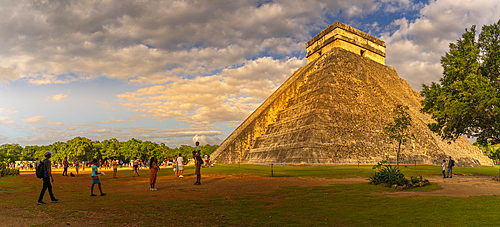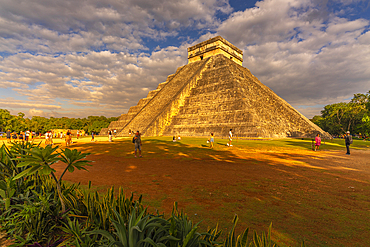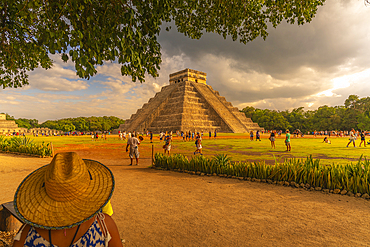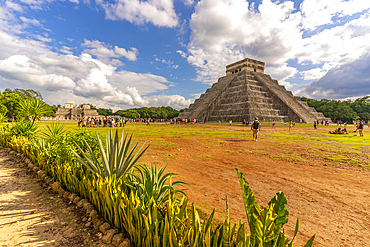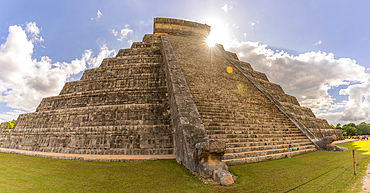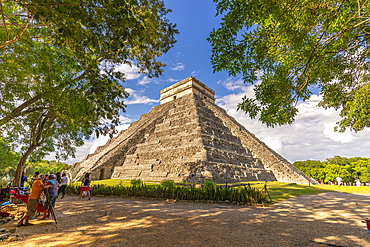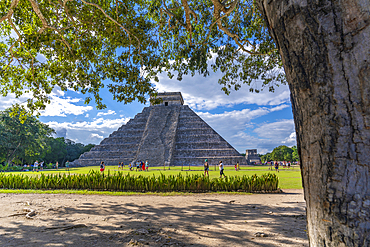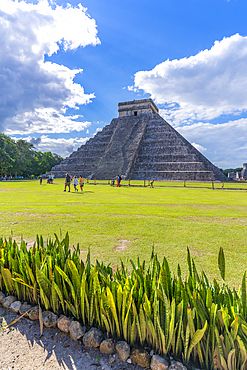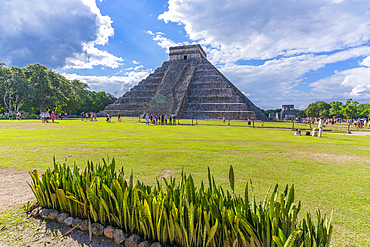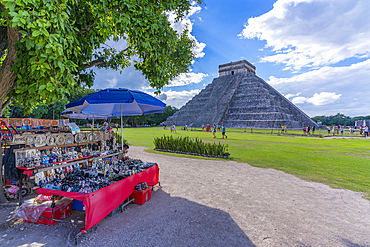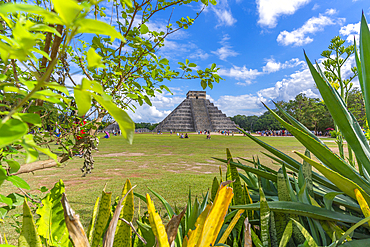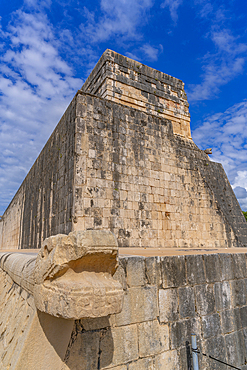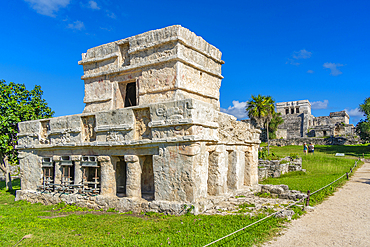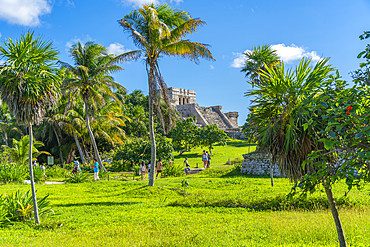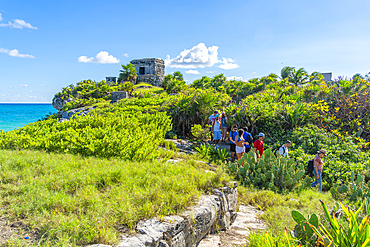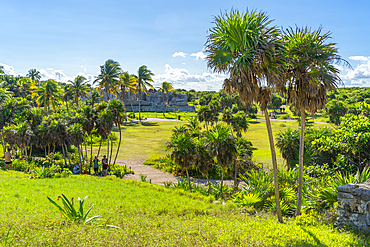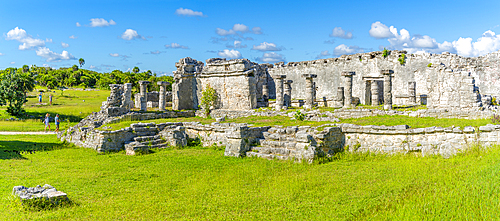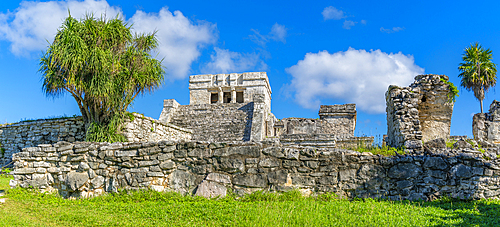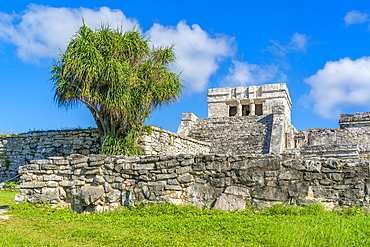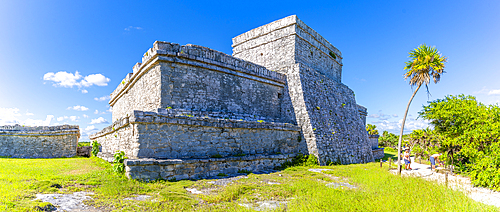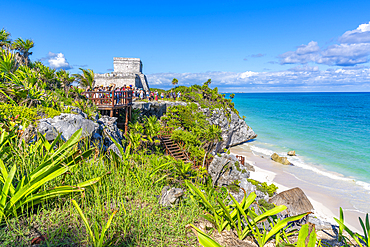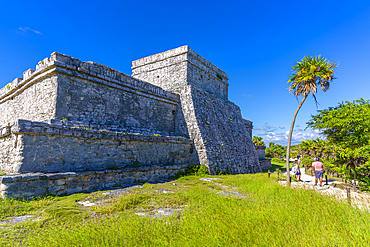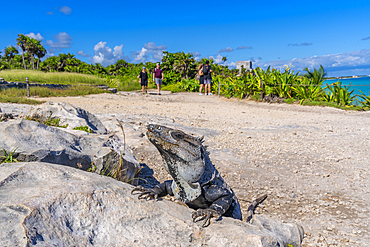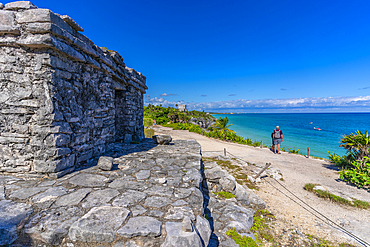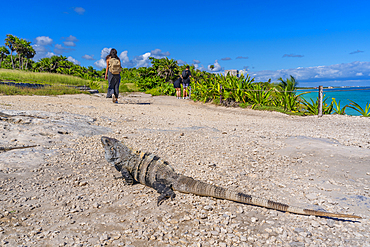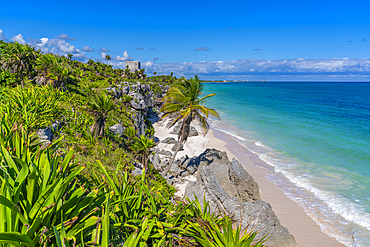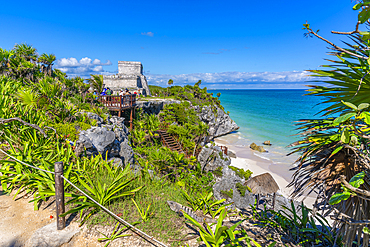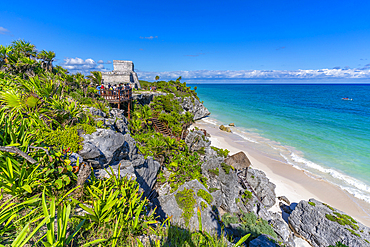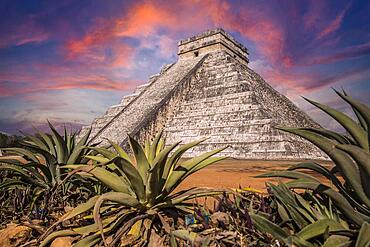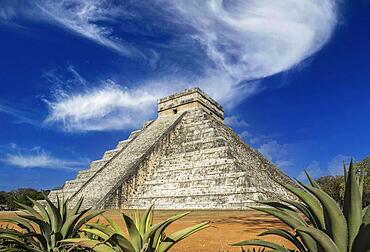Recent searches
Loading...
1384-251 - Black Spiny-tailed Iguana 'Ctenosaura similis', Chichen Itzá, Mayan ruins, Yucatan, Mexico
1384-250 - Surveyor at work, Temple of Panels, Templo de los Tableros Esculpidos, Chichen Itzá, Mayan ruins, Yucatan, Mexico
1384-249 - Archaeologists at work Chichen Itzá, Mayan ruins, Yucatan, Mexico
1384-248 - Stone columns Temple of the Warriors, Templo de los Guerreros, Chichen Itzá, Mayan ruins, Yucatan, Mexico
1384-247 - Walls of the ball court with stone hoop, Juego de Pelota, Chichen Itzá, Mayan ruins, Yucatan, Mexico
1384-246 - Mayan ruins at Ek Balam archaelogical site, near Vallodoid, Temozón, Yucatán, Mexico
1384-245 - Mayan ruins at Ek Balam archaelogical site, near Vallodoid, Temozón, Yucatán, Mexico
1384-243 - Archaeologists at work Chichen Itzá, Mayan ruins, Yucatan, Mexico
1384-242 - Sacred Cenote, Chichen Itzá, Mayan ruins, Yucatan, Mexico
1384-241 - Platform of Venus, Chichen Itzá, Mayan ruins, Yucatan, Mexico
1384-240 - Casa Colorado, Chichen Itzá, Mayan ruins, Yucatan, Mexico
1384-238 - Observatory building, El Caracol, Chichen Itzá, Mayan ruins, Yucatan, Mexico
1384-239 - Archaeologists at work Chichen Itzá, Mayan ruins, Yucatan, Mexico
1384-237 - Temple of Panels, Templo de los Tableros Esculpidos, Chichen Itzá, Mayan ruins, Yucatan, Mexico
1384-236 - Carved stonework details, Temple of Panels, Templo de los Tableros Esculpidos, Chichen Itzá, Mayan ruins, Yucatan, Mexico
1384-235 - Elaborate decorated stone facade in Monjas complex, Chichen Itzá, Mayan ruins, Yucatan, Mexico - The Nunnery or Nun's House
1384-234 - Elaborate decorated stone facade in Monjas complex, Chichen Itzá, Mayan ruins, Yucatan, Mexico - Iglesia or church building
1384-233 - Workers maintaining stonework at The Nunnery, Edificio de las Monjas, Chichen Itzá, Mayan ruins, Yucatan, Mexico
1384-232 - The Nunnery, Edificio de las Monjas, Chichen Itzá, Mayan ruins, Yucatan, Mexico
1384-231 - Observatory building, El Caracol, Chichen Itzá, Mayan ruins, Yucatan, Mexico
1384-230 - Archaeologists at work Chichen Itzá, Mayan ruins, Yucatan, Mexico
1384-228 - Carved stonework figure, Chichen Itzá, Mayan ruins, Yucatan, Mexico possibly an erotic image? One of the smaller buildings
1384-229 - The Ossuary building, Tomb of the Great Priest, Chichen Itzá, Mayan ruins, Yucatan, Mexico
1384-227 - Souvenir wooden carved face masks on sale, Chichen Itzá, Mayan ruins, Yucatan, Mexico
1384-226 - Temple of the Warriors, Templo de los Guerreros, Chichen Itzá, Mayan ruins, Yucatan, Mexico
1384-225 - Temple of the Warriors, Templo de los Guerreros, Chichen Itzá, Mayan ruins, Yucatan, Mexico
1384-224 - Workers maintaining stonework Eagles and Jaguars platform, Chichen Itzá, Mayan ruins, Yucatan, Mexico
1384-222 - Map of archaeological site, Chichen Itzá, Mayan ruins, Yucatan, Mexico
1384-223 - Temple of the Jaguars, Templo de los Jaguares, Chichen Itzá, Mayan ruins, Yucatan, Mexico
1384-221 - Carved stonework jaguar head with walls of the ball court, Juego de Pelota, Chichen Itzá, Mayan ruins, Yucatan, Mexico
1384-220 - Walls of the ball court, Juego de Pelota, Chichen Itzá, Mayan ruins, Yucatan, Mexico
1384-219 - Temple of the Jaguars, Templo de los Jaguares, Chichen Itzá, Mayan ruins, Yucatan, Mexico
1384-218 - Line of people waiting to enter, at Chichen Itzá, Mayan ruins, Yucatan, Mexico
1384-216 - Female Mayan figure woman holding water jug in fountain, Francisco Cantón Rosado Park, Vallodolid, Yucatan, Mexico
1384-203 - Female Mayan figure woman holding water jug in fountain, Francisco Cantón Rosado Park, Vallodolid, Yucatan, Mexico
1384-186 - Ixchel Mayan Goddess sculpture, Punta Sur, Isla Mujeres, Caribbean Coast, Cancun, Quintana Roo, Mexico
1384-45 - Sculpture statue of Mayan woman carrying bowl of fruit on her head, Campeche city, Campeche State, Mexico
1384-28 - Artwork sculpture of priest with Spanish soldier and Mayan person, Malecon, Campeche city, Campeche State, Mexico
1384-26 - Sculpture of winged Mayan Angel on tall column, the seafront Malecon, Campeche city, Campeche State, Mexico
1384-22 - Temple Of Kukulkan El Castillo pyramid, Chichen Itzá Mayan ruins, Yucatan, Mexico
1384-15 - People climbing El Torre, The Tower, Ek Balam Mayan ruins, near Vallodoid, Temozón, Yucatán, Mexico
1384-14 - The Ossuary building, Tomb of the Great Priest, Chichen Itzá, Mayan ruins, Yucatan, Mexico
1384-13 - Elaborate decorated stone facade in Monjas complex, Chichen Itzá, Mayan ruins, Yucatan, Mexico - The Nunnery or Nun's House
1384-12 - The Ossuary building, Tomb of the Great Priest, Chichen Itzá, Mayan ruins, Yucatan, Mexico
1384-11 - Temple of the Warriors, Templo de los Guerreros, Chichen Itzá, Mayan ruins, Yucatan, Mexico
1384-10 - Temple Of Kukulkan El Castillo pyramid, Chichen Itzá Mayan ruins, Yucatan, Mexico
1384-9 - Temple Of Kukulkan El Castillo pyramid, Chichen Itzá Mayan ruins, Yucatan, Mexico
844-32874 - View of El Castillo, The Pyramid of Kukulkán, UNESCO Mayan Ruin, Chichen Itza, Yucatan Peninsula, Quintana Roo, Caribbean Coast, Mexico
844-32873 - View of El Castillo, The Pyramid of Kukulkán, UNESCO Mayan Ruin, Chichen Itza, Yucatan Peninsula, Quintana Roo, Caribbean Coast, Mexico
844-32872 - View of El Castillo, The Pyramid of Kukulkán, UNESCO Mayan Ruin, Chichen Itza, Yucatan Peninsula, Quintana Roo, Caribbean Coast, Mexico
844-32871 - View of El Castillo, The Pyramid of Kukulkán, UNESCO Mayan Ruin, Chichen Itza, Yucatan Peninsula, Quintana Roo, Caribbean Coast, Mexico
844-32869 - View of El Castillo, The Pyramid of Kukulkán, UNESCO Mayan Ruin, Chichen Itza, Yucatan Peninsula, Quintana Roo, Caribbean Coast, Mexico
844-32870 - View of El Castillo, The Pyramid of Kukulkán, UNESCO Mayan Ruin, Chichen Itza, Yucatan Peninsula, Quintana Roo, Caribbean Coast, Mexico
844-32868 - View of El Castillo, The Pyramid of Kukulkán, UNESCO Mayan Ruin, Chichen Itza, Yucatan Peninsula, Quintana Roo, Caribbean Coast, Mexico
844-32867 - View of El Castillo, The Pyramid of Kukulkán, UNESCO Mayan Ruin, Chichen Itza, Yucatan Peninsula, Quintana Roo, Caribbean Coast, Mexico
844-32866 - View of El Castillo, The Pyramid of Kukulkán, UNESCO Mayan Ruin, Chichen Itza, Yucatan Peninsula, Quintana Roo, Caribbean Coast, Mexico
844-32864 - View of El Castillo, The Pyramid of Kukulkán, UNESCO Mayan Ruin, Chichen Itza, Yucatan Peninsula, Quintana Roo, Caribbean Coast, Mexico
844-32865 - View of El Castillo, The Pyramid of Kukulkán, UNESCO Mayan Ruin, Chichen Itza, Yucatan Peninsula, Quintana Roo, Caribbean Coast, Mexico
844-32863 - View of El Castillo, The Pyramid of Kukulkán, UNESCO Mayan Ruin, Chichen Itza, Yucatan Peninsula, Quintana Roo, Caribbean Coast, Mexico
844-32862 - View of El Castillo, The Pyramid of Kukulkán, UNESCO Mayan Ruin, Chichen Itza, Yucatan Peninsula, Quintana Roo, Caribbean Coast, Mexico
844-32861 - View of El Castillo, The Pyramid of Kukulkán, UNESCO Mayan Ruin, Chichen Itza, Yucatan Peninsula, Quintana Roo, Caribbean Coast, Mexico
844-32860 - View of El Castillo, The Pyramid of Kukulkán, UNESCO Mayan Ruin, Chichen Itza, Yucatan Peninsula, Quintana Roo, Caribbean Coast, Mexico
844-32858 - View of El Castillo, The Pyramid of Kukulkán, UNESCO Mayan Ruin, Chichen Itza, Yucatan Peninsula, Quintana Roo, Caribbean Coast, Mexico
844-32859 - View of El Castillo, The Pyramid of Kukulkán, UNESCO Mayan Ruin, Chichen Itza, Yucatan Peninsula, Quintana Roo, Caribbean Coast, Mexico
844-32857 - View of El Castillo, The Pyramid of Kukulkán, UNESCO Mayan Ruin, Chichen Itza, Yucatan Peninsula, Quintana Roo, Caribbean Coast, Mexico
844-32856 - View of El Castillo, The Pyramid of Kukulkán, UNESCO Mayan Ruin, Chichen Itza, Yucatan Peninsula, Quintana Roo, Caribbean Coast, Mexico
844-32855 - View of Mayan Ruin, UNESCO, Chichen Itza, Yucatan Peninsula, Quintana Roo, Caribbean Coast, Mexico
844-32835 - View of Mayan Temple ruins, Tulum, Caribbean Coast, Yucatán Peninsula, Riviera Maya, Mexico, North America
844-32834 - View of Mayan Temple ruins, Tulum, Caribbean Coast, Yucatán Peninsula, Riviera Maya, Mexico, North America
844-32833 - View of Mayan Temple ruins, Tulum, Caribbean Coast, Yucatán Peninsula, Riviera Maya, Mexico, North America
844-32831 - View of tourists and Mayan Temple ruins overlooking the sea, Tulum, Caribbean Coast, Yucatán Peninsula, Riviera Maya, Mexico, North America
844-32832 - View of Mayan Temple ruins, Tulum, Caribbean Coast, Yucatán Peninsula, Riviera Maya, Mexico, North America
844-32830 - View of Mayan Temple ruins overlooking the sea, Tulum, Caribbean Coast, Yucatán Peninsula, Riviera Maya, Mexico, North America
844-32829 - View of Mayan Temple ruins, Tulum, Caribbean Coast, Yucatán Peninsula, Riviera Maya, Mexico, North America
844-32828 - View of Mayan Temple ruins overlooking the sea, Tulum, Caribbean Coast, Yucatán Peninsula, Riviera Maya, Mexico, North America
844-32826 - View of Mayan Temple ruins overlooking the sea, Tulum, Caribbean Coast, Yucatán Peninsula, Riviera Maya, Mexico, North America
844-32827 - View of Mayan Temple ruins overlooking the sea, Tulum, Caribbean Coast, Yucatán Peninsula, Riviera Maya, Mexico, North America
844-32824 - View of Mayan Castello ruins overlooking the sea, Tulum, Caribbean Coast, Yucatán Peninsula, Riviera Maya, Mexico, North America
844-32825 - View of Mayan Temple ruins overlooking the sea, Tulum, Caribbean Coast, Yucatán Peninsula, Riviera Maya, Mexico, North America
844-32822 - View of Mayan Temple ruins overlooking the sea, Tulum, Caribbean Coast, Yucatán Peninsula, Riviera Maya, Mexico, North America
844-32823 - View of Mayan Castello ruins overlooking the sea, Tulum, Caribbean Coast, Yucatán Peninsula, Riviera Maya, Mexico, North America
844-32821 - View of tourists and Mayan Temple ruins overlooking the sea, Tulum, Caribbean Coast, Yucatán Peninsula, Riviera Maya, Mexico, North America
844-32820 - View of Mayan Temple ruins overlooking the sea, Tulum, Caribbean Coast, Yucatán Peninsula, Riviera Maya, Mexico, North America
844-32817 - View of iguana and tourists at Mayan Temple ruins, Tulum, Caribbean Coast, Yucatán Peninsula, Riviera Maya, Mexico, North America
844-32818 - View of Mayan Temple ruins overlooking the sea, Tulum, Caribbean Coast, Yucatán Peninsula, Riviera Maya, Mexico, North America
844-32816 - View of iguana and tourists at Mayan Temple ruins, Tulum, Caribbean Coast, Yucatán Peninsula, Riviera Maya, Mexico, North America
844-32815 - View of Mayan Temple ruins overlooking the sea, Tulum, Caribbean Coast, Yucatán Peninsula, Riviera Maya, Mexico, North America
844-32813 - View of Mayan Temple ruins overlooking the sea, Tulum, Caribbean Coast, Yucatán Peninsula, Riviera Maya, Mexico, North America
844-32814 - View of Mayan Temple ruins overlooking the sea, Tulum, Caribbean Coast, Yucatán Peninsula, Riviera Maya, Mexico, North America
844-32812 - View of Mayan Temple ruins overlooking the sea, Tulum, Caribbean Coast, Yucatán Peninsula, Riviera Maya, Mexico, North America
832-404269 - Sunset at the spectacular Chichen Itza Pyramid in the province of Cancun. Mexico
832-404267 - Sunset at the sea next to the Mayan temples of Tulum in Mexico
832-404187 - Beautiful pyramid of Chichen Itza UNESCO heritage. Yucatan, Mexico, Central America
832-402434 - A gorgeous latin model enjoys the beach near the Gulf of Mexico near Sinanche Yucatan Mexico
832-402433 - A gorgeous latin model enjoys swimming in a pool on the Gulf of Mexico near Sinanche Yucatan Mexico
832-402425 - The sun rises over the Gulf of Mexico near Sinanche Yucatan Mexico with a nude latin model posing against the colorful sky
832-402424 - The sun rises over the Gulf of Mexico near Sinanche Yucatan Mexico with a nude latin model posing against the colorful sky
1350-6636 - Aerial view of Mayan Ruin of Chichen Itza Archaeological Site Yucatan Peninsula, Quintana Roo, Caribbean Coast, Mexico
1350-6635 - Aerial view of Mayan Ruin of Chichen Itza Archaeological Site Yucatan Peninsula, Quintana Roo, Caribbean Coast, Mexico
1350-6630 - Swimming at Cenote Ik Kil in Yucatan, Mexico, a natural pit, or sinkhole near Chichen Itza. Yucatan Peninsula, Quintana Roo, Mexico. Ik Kil was sacred to the Mayans who used this cenote for both relaxation and ritual services centuries ago.















































